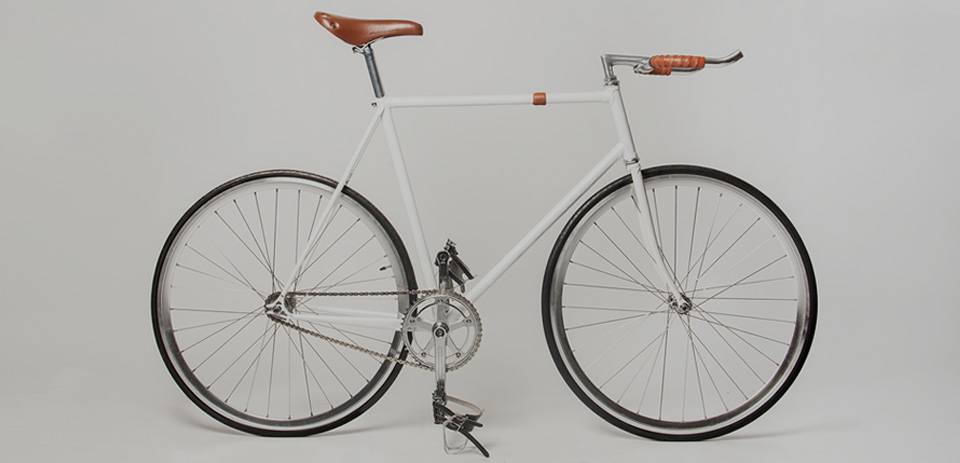The age at which children typically begin learning to ride bicycles effectively and confidently.
When Do Kids Start Riding Bikes?
Cycling is one of the most cherished childhood activities, an experience that fosters a sense of adventure, independence, and physical fitness. The journey of learning to ride a bike is not only significant for children but also for parents, as it marks a milestone in a child’s development. But when exactly do kids start riding bikes?
The appropriate age for children to begin riding bikes can vary widely, influenced by various factors such as physical development, interest level, and parental guidance. Generally, most children start to learn to ride a two-wheel bike between the ages of 4 and 7 years. However, this does not mean that younger kids cannot enjoy the thrills of biking; many children start their cycling journey even earlier on balance bikes or tricycles.
Early Learning with Balance Bikes
Balance bikes are an excellent way for toddlers, typically aged 2 to 4, to learn the foundational skills necessary for riding a bike. Unlike traditional bikes, balance bikes do not have pedals. Instead, children propel themselves using their feet while balancing on the bike. This method encourages the development of balance and coordination without the fear of falling off a traditional bicycle. Research shows that children who learn to balance on these bikes often transition to two-wheelers more easily and at a younger age.
Transitioning to Two-Wheel Bikes
Once children have mastered balance, usually by around 4 years old, they can transition to a two-wheeled bike. It is advisable for parents to choose a bike that is the right size for their child, as a well-fitting bike is crucial for safety and confidence. The general guideline is that a child should be able to touch the ground with their feet while seated on the saddle.
when do kids start riding bikes

When teaching a child to ride, patience is key. The process can involve using training wheels initially. Many parents opt to use training wheels to provide extra stability. However, there is a growing belief among experts that learning without training wheels may accelerate the development of balance and riding skills. Parents might choose to gradually raise the training wheels or remove them entirely once their child is comfortable.
Learning to Ride
The learning process typically includes the following steps First, children should practice scooting on their bike, using their feet to push off and glide along. Next, they can learn to balance while lifting their feet off the ground for short distances. Once they feel confident, they can learn to pedal. It’s also important for children to practice steering, stopping, and using hand signals to ensure they can navigate their environment safely.
The Importance of Safety
Safety is paramount when teaching kids how to ride bikes. Parents should ensure that children wear appropriate safety gear, including a properly fitted helmet, knee pads, and elbow pads. Teaching kids about bike safety rules, such as staying in designated bike lanes and watching for pedestrians, will help instill good habits early on.
Conclusion
In conclusion, while many children start riding bikes between the ages of 4 and 7, individual readiness can vary. The key is to provide a supportive and safe environment that fosters confidence and enjoyment. Observing your child’s physical and emotional readiness is essential, as every child develops at their own pace. Encouraging a love for cycling can lead to lifelong benefits, promoting a healthy lifestyle and a sense of adventure that will stay with them for years to come. Whether it's a balance bike or a two-wheeler, every pedaling motion is a step towards independence and joy.
-
Unleash Your Adventurous Spirit with All Mountain BikesNewsOct.31,2024
-
The Perfect Ride for Your Little Ones: Kids TricyclesNewsOct.31,2024
-
The Joy of Riding: Quality Kids Mountain BikesNewsOct.31,2024
-
The Excitement of Kids Scooters – Choose Your Adventure!NewsOct.31,2024
-
Kids' Bikes: Find the Perfect Ride for Your Little OnesNewsOct.31,2024
-
Experience the Fun of Swing CarsNewsOct.31,2024
-
Why a Giant Bike for Kids is a Top ChoiceNewsOct.24,2024








